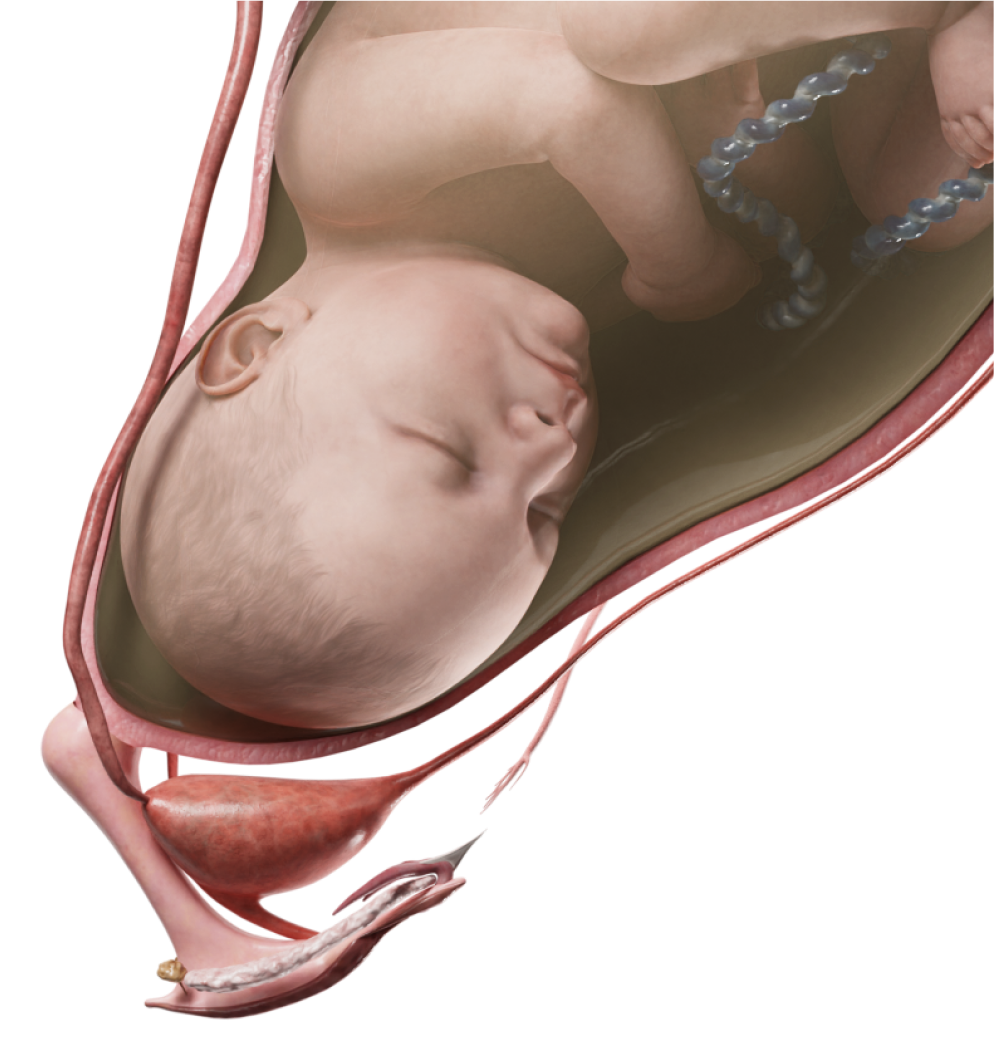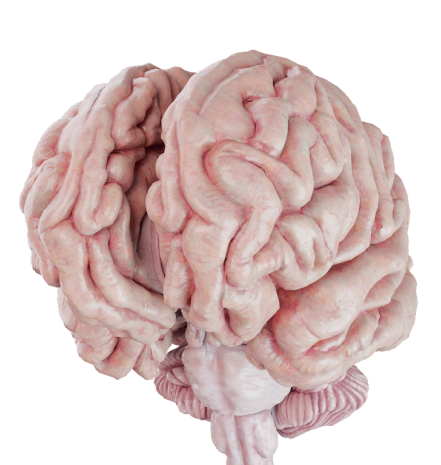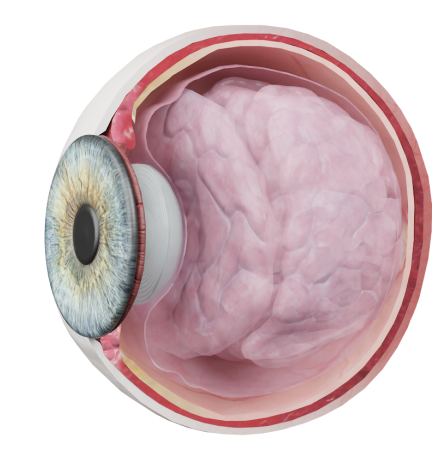Hepatic cirrhosis
Hepatic cirrhosis is a generalized condition of the liver. It is characterized by parenchymal necrosis, diffuse fibrosis, and abnormal regenerative nodules of the liver tissue. Eventually, the liver’s structure (both external and internal) and its function collapse.
Classification
Hepatic cirrhosis may be classified according to morphology and clinical stages.
By morphology:
- Micronodular (nodule size between 3 mm and 1 cm);
- Macronodular (nodule size larger than 1 cm);
- Mixed;
- Biliary.
By clinical stage:
- Compensated;
- Subcompensated;
- Decompensated;
- Terminal.
Another widely used classification is the Child-Pugh score, which considers clinical and laboratory parameters to assess the severity of cirrhosis.
Ascites:
- None - 1 score;
- Mild (responsive to medical treatment) - 2 score;
- Severe (unresponsive to medical treatment) - 3 score.
Serum albumin (g/L):
- > 35 - 1 score;
- 28–35 - 2 score;
- < 28 - 3 score.
International normalized ratio (INR):
- < 1.7 - 1 score;
- 1.7–2.3 - 2 score;
- > 2.3 - 3 score.
Total bilirubin (µmol/L):
- < 34 - 1 score;
- 34–51 - 2 score;
- > 51 - 3 score.
Hepatic encephalopathy, grades:
- none - 1 score;
- Grade 1–2 - 2 score;
- Grade 3–4 - 3 score.
Score interpretation:
- 5–6 points: Compensated cirrhosis (class A);
- 7–9 points: Subcompensated cirrhosis (class B);
- 10–15 points: Decompensated/terminal (class C).
Etiology
According to the European Association for the Study of the Liver report, about 40 % of liver transplants in Europe are associated with virus-related hepatic cirrhosis (hepatitis B, C, D viruses), 33 % of cases are alcohol-related, and 5 % of surgeries are performed due to a combination of these factors. Furthermore, biliary hepatic cirrhosis may develop secondary to autoimmune diseases, the toxic effects of some medications, and systemic poisons that affect the liver tissue. The condition is triggered by impaired bile outflow through the intra- and extrahepatic bile ducts.
Pathogenesis
A liver lobule, a structural and functional unit, may become damaged by one of the etiological factors described above. This damage is at the core of hepatic cirrhosis. An unfavorable outcome takes some time to evolve, typically between a few months and a few years. As a result, the hepatic parenchyma gradually develops areas of necrosis. These areas are generally surrounded by regenerative nodules and zones of chronic inflammation that progress to fibrosis. Later on, regenerative nodules compress the biliary tracts, leading to congestion in the hepatic venous system and, consequently, portal hypertension.
Clinical Manifestations
Early stages of the disease may be asymptomatic. Its progression is marked by the following signs and symptoms:
- General symptoms that include fatigue, headaches, nausea, fever, arthralgia, a bitter taste in the mouth, asthenia, intermittent stomachaches;
- Jaundice induced by intrahepatic cholestasis (impaired bile outflow, increased levels of direct bilirubin and bile acids). Elevated bile acids are often associated with pruritus;
- Hepatomegaly and splenomegaly;
- Portal hypertension: The condition occurs during the decompensation stage and is characterized by increased pressure within the portal system. Portal hypertension manifests as ascites, esophageal varices, rectal varices, and dilated veins on the anterior abdominal wall (caput medusae). Bleeding from varicose veins is quite common;
- Pain caused by biliary dyskinesia;
- Hepatic encephalopathy due to prolonged elevated direct bilirubin levels. As the substance penetrates the blood-brain barrier (BBB), it damages the brain cells;
- Impaired synthetic and protective functions of the liver.
Note that as the condition evolves, clinical manifestations also may change. For instance, the decompensation and terminal stages are marked by damage to other organ systems (urinary, digestive, nervous, cardiovascular, etc.) apart from the hepatobiliary system.
Diagnosis
The diagnosis is based on clinical manifestations, etiological factors, and investigations.
Investigations:
- Abdominal ultrasound, including liver elastography (FibroScan), and Doppler ultrasound: these methods help assess blood flow within the portal venous system;
- Computed tomography (CT) and magnetic resonance imaging (MRI);
- Liver biopsy;
- Esophagogastroduodenoscopy (EGD);
- Plain abdominal radiography.
Laboratory data:
- Antibodies to hepatitis B, C, D, and E viruses;
- Alpha-fetoprotein (AFP) tests;
- Liver function tests (LFT);
- Complete blood count (CBC);
- Coagulation panel;
- Urinalysis;
- Electrolyte panel.
Treatment
Hepatic cirrhosis requires a comprehensive management approach. Patients should be encouraged to:
- Avoid alcoholic drinks;
- Follow a special diet to maintain their liver function, correct their electrolyte profile (sodium, potassium, chlorine), and address protein imbalances;
- Limit the use of any hepatotoxic medications.
One of the options is medical therapy, which includes:
- Infusion therapy (in case intoxication symptoms develop);
- Ursodeoxycholic acid (UDCA);
- S-adenosyl-L-methionine (SAMe);
- Glucocorticosteroids;
- Prevention of hemorrhagic complications;
- Diuretics;
- Antiviral therapy to eliminate any hepatotropic viruses
- Management of a concomitant condition.
Surgical methods cover paracentesis (also known as laparocentesis or abdominal paracentesis) and liver transplant.
Transplantation is indicated when:
- An irreversible pathological process is underway, and life expectancy is less than 12 months;
- Medical therapy has proven to be ineffective;
- Progressive hepatic cirrhosis is diagnosed, and life expectancy is less than that with a liver transplant.










